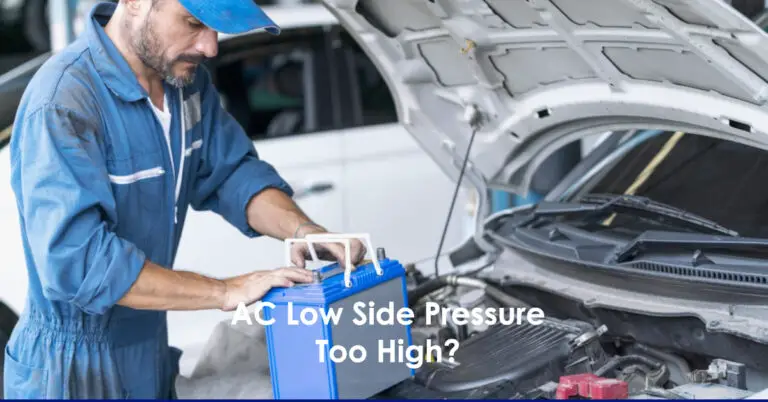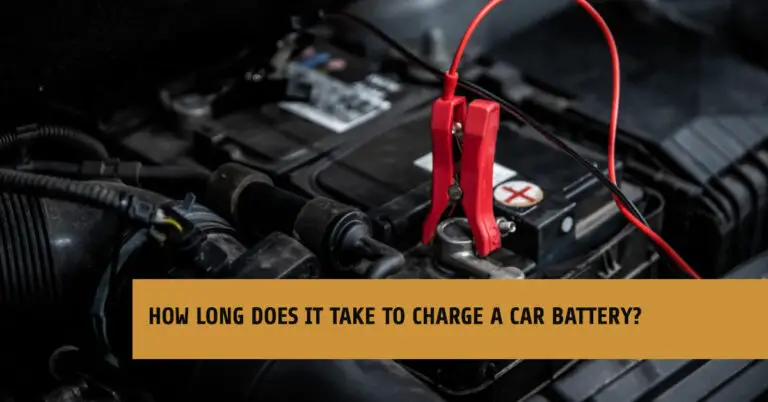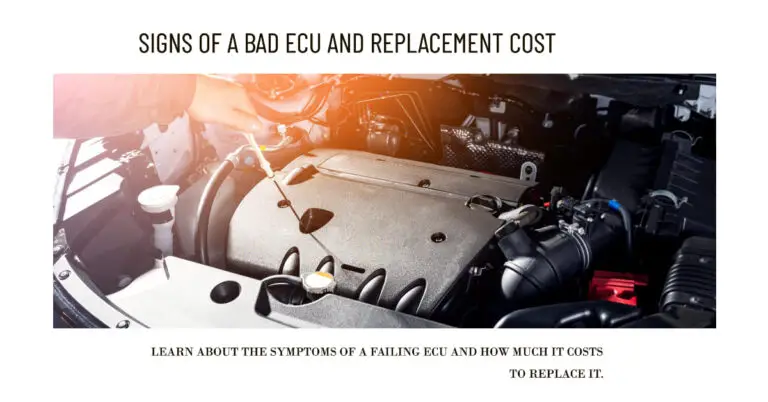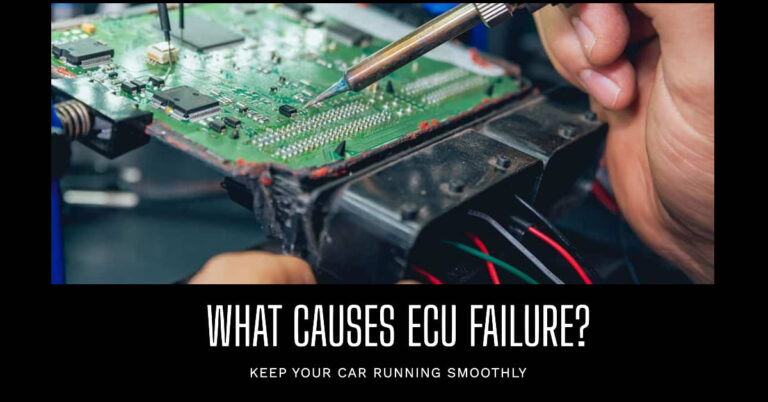Car Won’t Start But the Radio & Lights Still Work? Diagnose and Fix
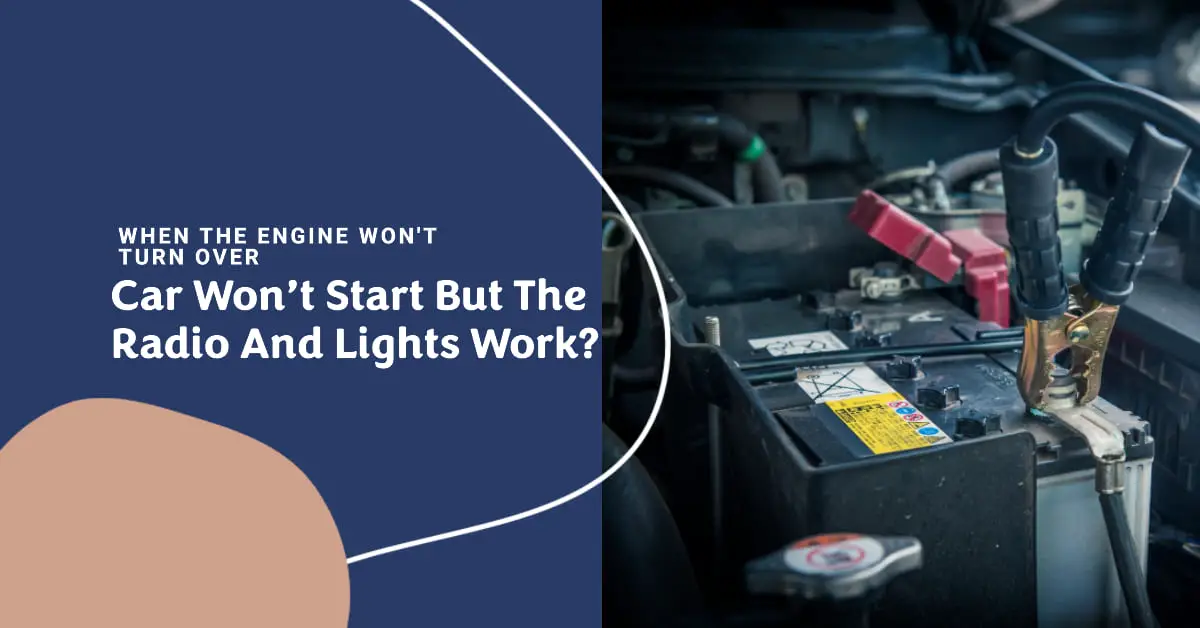
Have you ever turned the key in your ignition, only to have the engine not start up even though the radio and dash lights come on? It can be incredibly frustrating when a car won’t start, but the electronics seem to have power. Especially when you are in a hurry to get somewhere important.
The good news is that while a no-start situation presents some challenges, understanding the root causes can help you get your car running again or safely to a repair shop. This article will explore the major reasons a car won’t start when the radio and lights still work, things you can test yourself, when to call for help, and how to avoid getting stranded when the engine won’t turn over.
Table of Contents
What Prevents the Engine From Starting When Electronics Work?
When the starter motor fails to turn over the engine to get it running, but the battery is supplying power to the radio and lights, there are a few common culprits:
- Battery: A weak or dying battery may have enough charge to run small loads like the radio, but not enough amps to engage the high-draw starter motor.
- Starter system: Issues like a bad starter solenoid or motor may prevent the engine from cranking, even with good battery voltage present.
- Ignition switch: A faulty ignition switch can fail to send the signal to activate the starter when the key is turned.
- Seized engine: If internal engine components seize, the starter will struggle to physically turn over the crankshaft.
- Out of fuel: Running on empty allows juice through low-draw circuits but starves high-energy ignition components.
- Security system: Anti-theft transponder keys rely on a radio signal that can malfunction and disable the starter.
By methodically checking each part of the starter and ignition system, as well as engine mechanical issues, fuel supply problems, and key/security gremlins, you can usually determine why an engine fails to start. This article provides guidance on troubleshooting and resolving no-start issues when the electronics work, but the engine won’t turn over and run.
We’ll Cover:
- Common causes for a car not starting when electronics seem to have power
- Tips for checking battery, terminals, starter, and ignition switch
- How to tell if the engine itself has seized up
- Out of fuel situations where the starter doesn’t engage
- Key and security problems that can disable the starter
- Getting help restarting your car or getting to a repair shop
Knowing the likely culprits behind a no-start condition even though the radio and other electronics work can save significant frustration, time, and money. Let’s dive into why your engine fails to start and how to get back on the road.
Possible Causes When the Car Won’t Start But Radio Plays
When your engine won’t start but you still have functioning electronics like lights and radio, there are a handful of systems to inspect in your troubleshooting:
Check the Battery and Terminals
The car battery is tasked with starter current draw reaching up to 400 amps on many vehicles. While the 12-volt battery can handle powering smaller items like the radio, a weak or dying battery may lack sufficient power to start the engine.
- Inspect battery terminals for corrosion and tightness of connections. Clean and reconnect as needed.
- Check battery charge level. Many auto parts stores offer free testing.
- Recharge battery if below 12.4 volts. Replace if it is over 5 years old.
- Jumper cables may provide enough temporary juice to start, pointing to weak battery.
Test the Ignition Switch
Your ignition switch sends power from the battery to activate the starter motor when you turn the key to Start. A failing switch manifests no-start conditions identical to battery or actual starter failure symptoms.
- Use a multimeter to check for 12V signal at switch during start attempt.
- Listen for a click under the dash at switch or starter relay when key turned.
- Replace faulty ignition switch if no signal or click heard. Expect to pay $195 and $228 for parts and labor.
Inspect the Starter Motor and Solenoid
The high-current starter motor relies on a solenoid to engage before it turns the engine over. Solenoid or motor failures are another common source of no-start complaints when the car’s electronics work.
- Listen for click or fast clicking sound from starter area during attempted start.
- If clicking heard, solenoid is working but motor weak. Tap starter with handle while starting.
- No click often means dead solenoid. Bridging terminals with screwdriver should start car if motor ok.
- Bench test starter amperage draw to determine if replacement needed.
Check for Engine Seizure Issues
While not as likely as electrical gremlins, mechanical engine seizures can certainly disable the starting system. The starter may strain to rotate a locked crankshaft.
- Listen for starter fast clicking or grinding noise during attempted start.
- Check engine oil level. Low oil can cause overheating and seizure.
- If no oil or engine makes harsh noises, have car towed for inspection/repair.
Make Sure You Have Fuel
It may sound obvious, but running out of gas is another potential cause of failure to start when electronics seem unaffected. The low current draw of small electronics allows residual power flow that won’t engage starter.
- Check fuel level during troubleshooting. Keep above 1/4 tank.
- Add gas to see if starter engages. If empty, residual fuel may need time to reach pump.
- No start after adding fuel points to separate electrical or mechanical issue.
Examine Key and Security System
If you have an anti-theft transponder key, a faulty key fob or malfunctioning security module can mimic no-start problems. The security disables starter activation without proper key verification signal.
- Try activating fob alarm buttons with key in On position. Attempt start.
- Turn key to Run for 5 minutes to allow security system to recognize coded key.
- You may need to have dealer reset system and reprogram key fob/transponder.
This video shows symptoms of bad or failing anti-theft systems that can no-start a car.
Those cover the primary trouble areas to focus your diagnostic efforts on when the radio plays yet the engine fails to start. By checking each, you can usually track down the specific component or condition preventing proper starting system function. Next, let’s talk about practical battery, starter, and charging system tests you can do to confirm root cause when the electronics work but engine won’t crank.
Checking Car Battery When Engine Won’t Crank But Radio Works
The battery is the logical starting point when investigating a no-start complaint, especially when the headlights, radio, and other electronics function normally. While it may seem the battery is fine powering the accessories, its capacity could be too low to spin the starter.
Consider having your battery tested at an auto parts store if possible. They can measure state of charge and health to see if replacement is needed or you just need a recharge.
If you need to confirm battery condition yourself, begin with a visual inspection:
- Check terminals and clamps: Look for corrosion, loose connections, frayed cables or cracked housings. Clean terminals and tighten connections. Replace damaged cables.
- Inspect battery posts: See significant buildup of white, green or red corrosion around posts? Carefully clean using a wire brush or baking soda/water mix. Rinse residue.
- Review age and maintenance history: Check purchase receipt or manufacturing date code on battery. If older than 4 years or uncertain, plan replacement.
Use a digital multimeter to quantify battery charge level:
- Test voltage: Float charge should show 12.4 to 12.6V with Ignition Off. Less than 12.2V indicates discharged battery.
- Check terminals: Voltage present during Attempted Start confirms connections ok. No voltage points to loose cable or terminal corrosion.
- Assess load test results: Most parts stores have load testers to measure current delivery under starter motor-type loads. Failed test means insufficient capacity to start engine.
Based on above tests, you can determine if battery rehabilitation steps like cleaning terminals or recharging will restore normal function. Or, confirm that buying a new battery is required to provide reliable high-power starting capability again. Expect replacement cost around $45-250$ for a quality unit.
Learn more about how to check your car battery with these practical testing tips from Popular Mechanics.
Troubleshooting Starter System When Car Won’t Crank
If your battery tests indicate adequate power to engage the starter, attention shifts to the high-current solenoid and motor itself. Starter failure is a common culprit on engines that won’t turn over to start. But confirming if the starter system components cause the no-start takes a few simple tests.
Clues that your starter may be the culprit:
- Dimming headlights: Battery voltage takes significant dip during failed Start attempts. Points to high current draw issue.
- Clicks rapidly: Solenoid engaging but low power to starter motor itself. Often still mounts fast click-click-click tries.
- Click followed by nothing: Solenoid works but electric motor inactive. Commonly heat or high mileage failure.
- Grinding noises: Pinion not fully engaging flywheel. Stuck or bent mounting.
Before condemning the starter as bad, first check wiring connections. Loose battery feed or ignition switch trigger wires manifest like failed components!
Verifying if the starter causes a no-start when electronics work:
- Tap starter with handle: If already partially engaging, vibration can help turn over an otherwise weak starter motor.
- Check terminals with screwdriver: Bypassing solenoid contacts jumps current straight to motor windings. Caution: sparks likely!
- Listen for test clicks: Either under the vehicle at starter or up on firewall to hear relay clicks. One click is the solenoid pulling in. No click points to switch or ground side wiring issues.
Here is a great video that demonstrates troubleshooting starter problems on engines that won’t crank over.
Addressing early symptoms can often allow starter repair versus replacement. But once reaching the no-start stage, plan for a rebuild or new starter unit. Quality replacements start around $200 to $1,450 for most models. This includes the cost of the starter, which can range from $50 to $350, and the labor to replace it, which can range from $150 to over $1,100. Buy OEM or reputable aftermarket using BWD, BBB Industries, Denso, or Remy components from trusted suppliers like Amazon,NAPA, Pep Boys, or Walmart.
When to Call for Help Starting Your Car
If you have access to tools, testers, repair help, or a second vehicle, methodically tracking down the cause of a no-start condition when electronics work may yield success. But if stranded or unable to resolve, calling for professional assistance is recommended before you drain the battery and compound frustrations.
- Enlist help from friends/family: If you know experienced DIYers, have them troubleshoot battery, starter and ignition components first. An extra set of hands and eyes can spot problems.
- Call roadside assistance: Most auto insurance plans or even credit cards include towing and lockout services that can rescue your vehicle if required.
- Hire mobile mechanic: Independent mobile techs can diagnose issues at your location.$30–$60 hourly rates may find fix for $20 in starter solenoid!
- Tow vehicle to shop: Local repair garage has required tools, testers and parts access to troubleshoot no-start and get you back on the road. Call shop first for authorization to tow there for service.
Getting stranded by the side of the road is bad enough. Don’t let pride or not wanting to spend money make the situation worse. Call for help at the first sign of not being able to resolve a no-start issue on your own to reduce risk and minimize potential costs.
Conclusion: Why Car Won’t Start When Radio and Lights Work
Frustration definitely mounts when your engine won’t start, you are ready to drive away, but the dash lights and radio still come on fine. But some methodical troubleshooting to check for battery, starter or security-related issues will eventually reveal the real culprit. Now when you turn the key and just hear clicks or silence instead of that reassuring engine cranking over, you know where to start reviving your parked car!
This article reviewed the common mechanical and electrical causes that keep an engine from starting even though other vehicle electronics seem to work:
- Weak or discharged car battery lacks required high current for starter motor
- Bad starter motor or solenoid switch fails to spin engine
- Faulty ignition switch does not effectively activate starter
- Engine seized mechanically or from low oil prevents crankshaft rotation
- Out of fuel starving ignition components
- Security system issues blocking starter signal due to key fob or module malfunctions
In many cases, the radio plays fine while lights illuminate the dash with a dead battery or starter issue. So don’t assume everything is powered fine just because the cabin electronics turn on!
Hopefully these troubleshooting tips, wiring checks, and repair guides give you confidence to resolve a no-start complaint yourself or know exactly what type of professional assistance your car requires. Let us know if you have any other good tricks for diagnosing why an engine won’t start when the electronics seem to work in the comments below!

